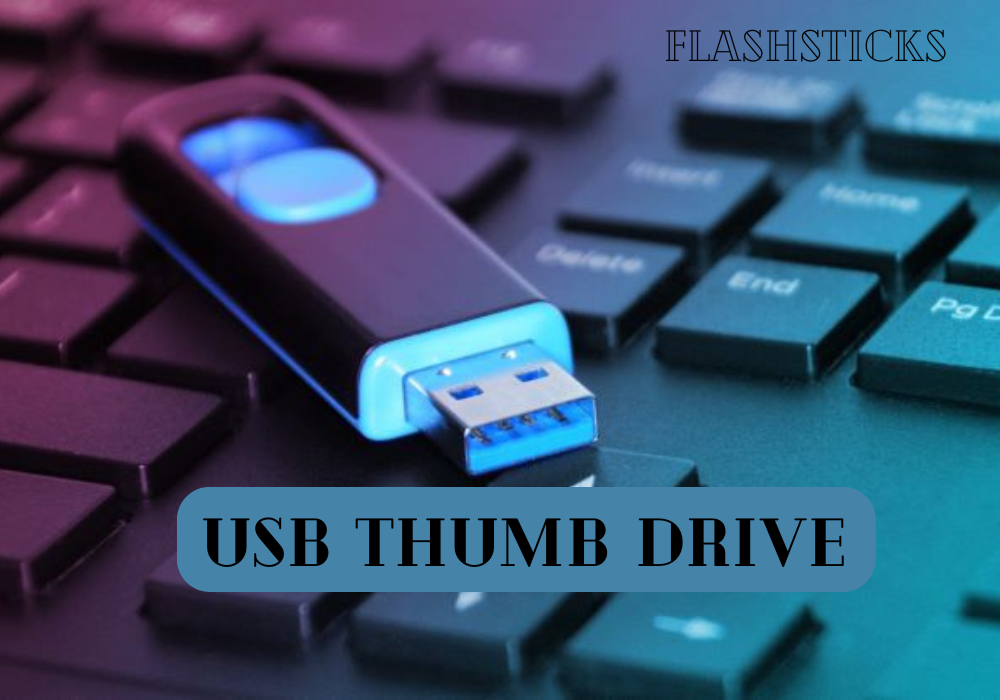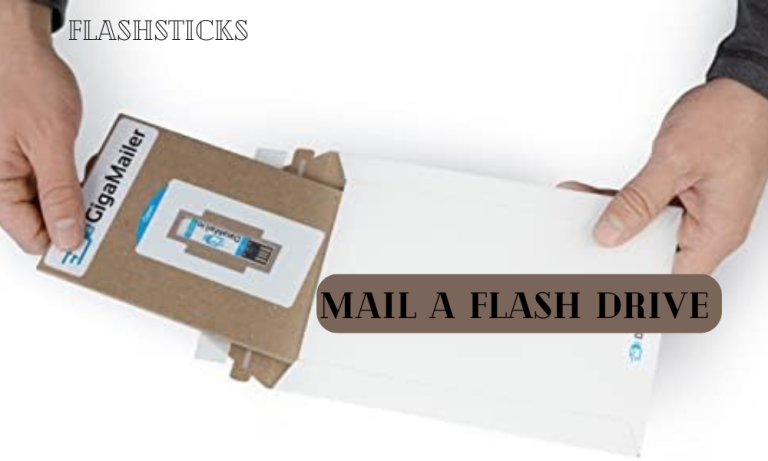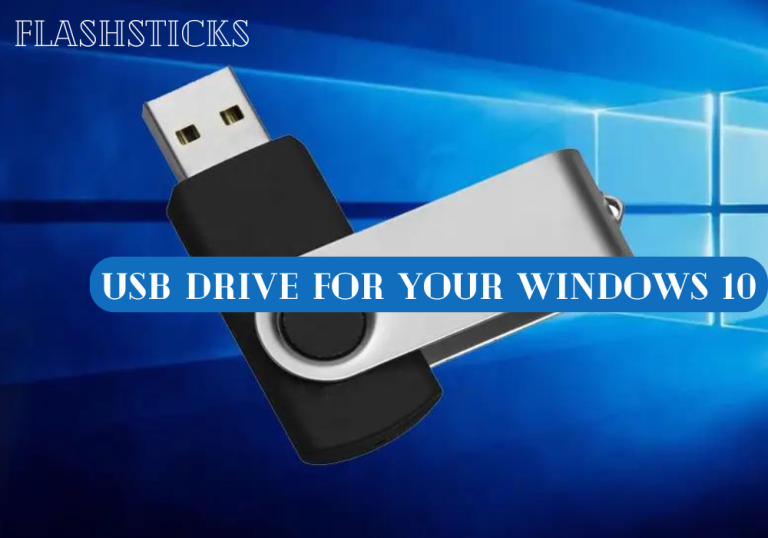What is a USB thumb drive used for?
“In today’s digital age, the USB thumb drive has become an indispensable tool for many. Whether you’re a student, a professional, or just someone looking to transfer files easily, this handy device is a must-have. But what exactly is a USB thumb drive used for? In this comprehensive guide, we’ll explore the numerous applications and benefits of using a USB thumb drive.
What is a USB Thumb Drive?
A USB thumb drive, also known as a flash drive or pen drive, is a portable storage device that uses flash memory to store data. It connects to computers and other devices via a USB port and is well known for its compact size, ease of use, and durability.
Common Uses of a USB Thumb Drive
- Data Storage: Store documents, photos, videos, music, and various other file types efficiently.
- File Transfer: Easily transfer files between different computers or devices.
- Backup: Create backups of important data to safeguard against data loss.
- Bootable Drives: Use a thumb drive to install operating systems or run emergency recovery software.
- Portable Applications: Carry applications and software that can run directly from the drive.
- Media Storage: Store and play media files, making it convenient for presentations or entertainment purposes.
Benefits of Using a USB Thumb Drive
- Portability: Its compact size allows you to carry it anywhere, fitting easily in pockets or bags.
- Compatibility: Works with almost all devices that have a USB port, including laptops, desktops, and even some smartphones.
- Durability: Flash memory is robust and can withstand physical shocks better than traditional storage methods.
- Capacity: Available in various storage capacities, ranging from a few gigabytes to several terabytes.
- Cost-Effective: Provides a relatively cheap method for storage and data transfer compared to other solutions.
Practical Tips for Using a USB Thumb Drive
- Regular Backups: Ensure you regularly back up important data on your thumb drive to a secondary location.
- Organize Files: Keep your files organized in folders to make it easier to find what you need quickly.
- Safe Ejection: Always use the ‘eject’ option on your computer to safely remove the drive and avoid data corruption.
- Encryption: Use encryption software to protect sensitive data stored on your thumb drive.
- Label Your Drives: Label your USB drives to easily identify different drives and their contents.
Interesting Facts About USB Thumb Drives
Here are some intriguing facts about USB thumb drives:
| Fact | Details |
|---|---|
| First USB Drive | The first USB flash drive was invented in 1998 by IBM and M-Systems. |
| Storage Capacity Growth | Flash drives have evolved from a few megabytes to terabytes in storage capacity. |
| Universal Compatibility | USB drives are compatible with a wide range of devices and operating systems. |
| Cost-Efficiency | They offer a low-cost storage solution for individuals and businesses alike. |
Conclusion
The USB thumb drive is a versatile, reliable, and indispensable tool in the modern digital landscape. Whether you need it for storing important documents, transferring files between devices, or backing up crucial data, a thumb drive can meet various needs efficiently. With the multitude of benefits it offers, it’s no wonder that USB thumb drives remain a popular choice for people around the world. Make sure to utilize yours to its full potential with these practical tips and enjoy the convenience it brings.
“`







